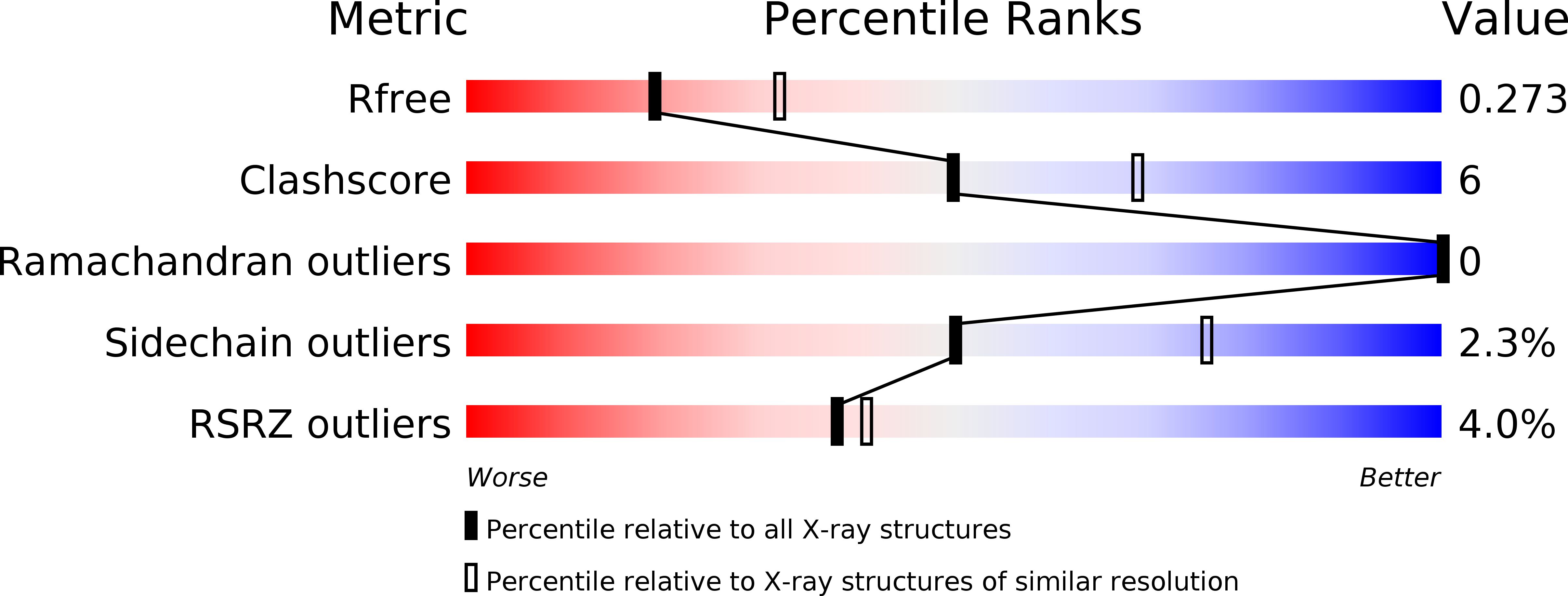
Deposition Date
2019-01-14
Release Date
2019-09-25
Last Version Date
2024-03-27
Method Details:
Experimental Method:
Resolution:
2.50 Å
R-Value Free:
0.27
R-Value Work:
0.22
R-Value Observed:
0.22
Space Group:
P 21 21 21


